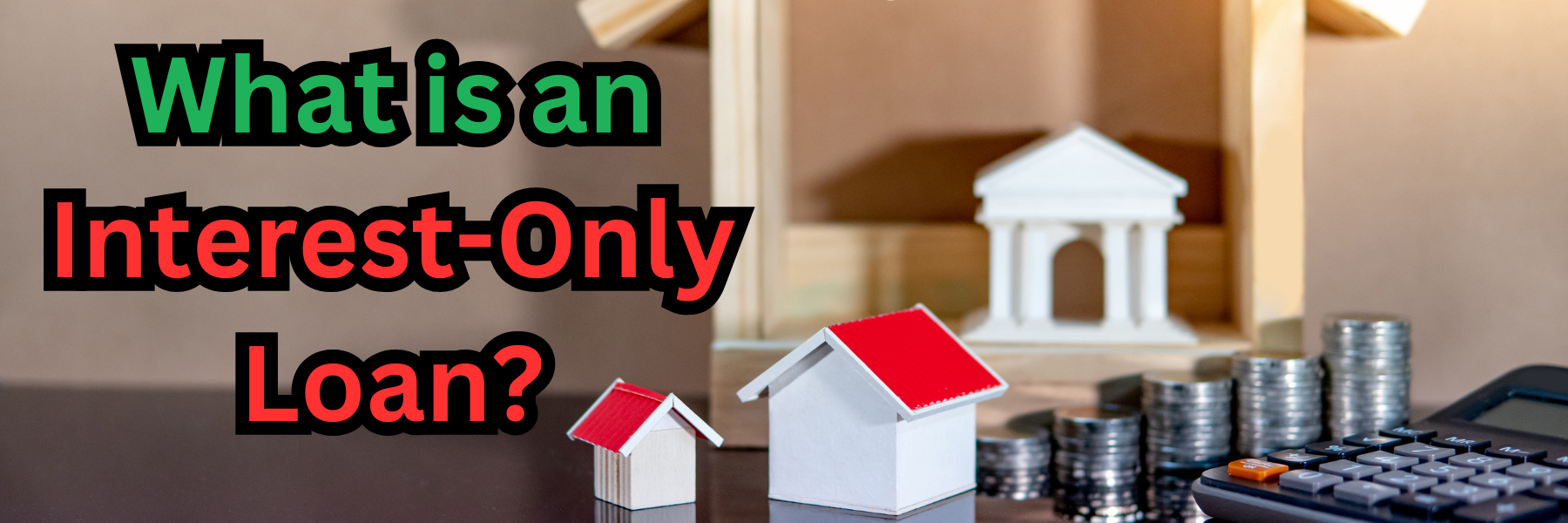HELOC: Make Real Estate Investing Easier, Faster, and Cheaper
At The Cash Flow Company, we always strive to make investing easier for you. One tool that can significantly help is the HELOC. A HELOC, or Home Equity Line of Credit, is essential for making real estate investing simpler, faster, and more cheaper. Therefore, by opening a HELOC, you gain flexibility, allowing you to fund deals yourself or secure contracts quickly. In fact, it’s surprising that not all investors have a HELOC on at least one of their properties. The benefits are so apparent that it’s wild more people don’t use them. Let’s dive into why a HELOC is a game-changer for real estate investors.
What is a HELOC?
A HELOC, or Home Equity Line of Credit, is like a big credit card for your home. It lets you borrow against the equity in your property. This can be your own home or a rental property. To clarify, you can get a HELOC on a home with no mortgage or even one that already has a mortgage.
Why Use a HELOC for Real Estate Investing?
Using a HELOC can make your investing journey easier, faster, and cheaper. Here’s how:
- Flexibility: Access funds whenever you need them. You can write a check or wire money instantly.
- Lower Costs: Save on interest rates, fees, and other costs associated with traditional loans.
- Speed: No waiting for loan approval. Be a true cash buyer and grab deals quickly.
How Does a HELOC Work?
Think of a HELOC as a revolving line of credit, much like a credit card. Here are the steps to use it:
- Get Approved: Apply at a bank or credit union.
- Draw Period: Use the funds for up to 10 years. You can pay it back and use it again, just like a credit card.
- Flexibility: Use it for down payments, purchases, or even repairs.
Examples of HELOCs in Action
Example 1:
Imagine you own a property worth $300,000 and get a HELOC for $200,000. You find a great deal on another property for $150,000. You can use your HELOC to buy it quickly, without waiting for a traditional loan approval.
Example 2:
Let’s say you own a property worth $400,000 and owe $250,000 on it. You get a HELOC for $75,000. Someone comes to you with a good deal on a property for $75,000. You can write a check from your HELOC and buy it immediately.
Benefits of a HELOC
First, Lower Interest Rates: Typically lower than credit cards and even some private loans. For example, while credit cards can have rates in the 20s, HELOCs often have rates around 8-9%.
Second, No Extra Fees: Save on appraisals, underwriting, and other processing fees. This can save you thousands of dollars per deal.
Third, Convenience: Use checks or debit cards linked to your HELOC for quick access to funds.
Why Aren’t More Investors Using HELOCs?
Many investors don’t use HELOCs because they find them confusing. But, with a bit of understanding, they can see how beneficial it can be. Even a small HELOC can cover down payments or monthly payments, making investing smoother.
How Much Can You Get with a HELOC?
The amount you can borrow depends on your property’s value and the current economy. Banks might lend up to 80-90% of your home’s value. Even if you start with a lower amount, you can always refinance later as the economy improves.
Setting Up Your HELOC
- Pay Down One Property: Focus on reducing the mortgage on one property to free up equity.
- Apply for a HELOC: Once you have enough equity, apply for a HELOC to use for future investments.
HELOC Tools and Resources
At The Cash Flow Company, we provide a HELOC questionnaire to help you determine the best options for you. Visit our website and check under the Tools section.
Apply for a HELOC today!
In conclusion, a HELOC can be a powerful tool for real estate investors. By not only offering flexibility and lower costs, but speed as well, it makes investing easier and more efficient. Therefore, if you want to streamline your investing process, consider setting up a HELOC. With the right strategy, you can use your home equity to seize opportunities quickly and grow your wealth faster. Visit our website to explore HELOC options and get started today.
Watch our most recent video: HELOC: Make Real Estate Investing Easier, Faster, and Cheaper










